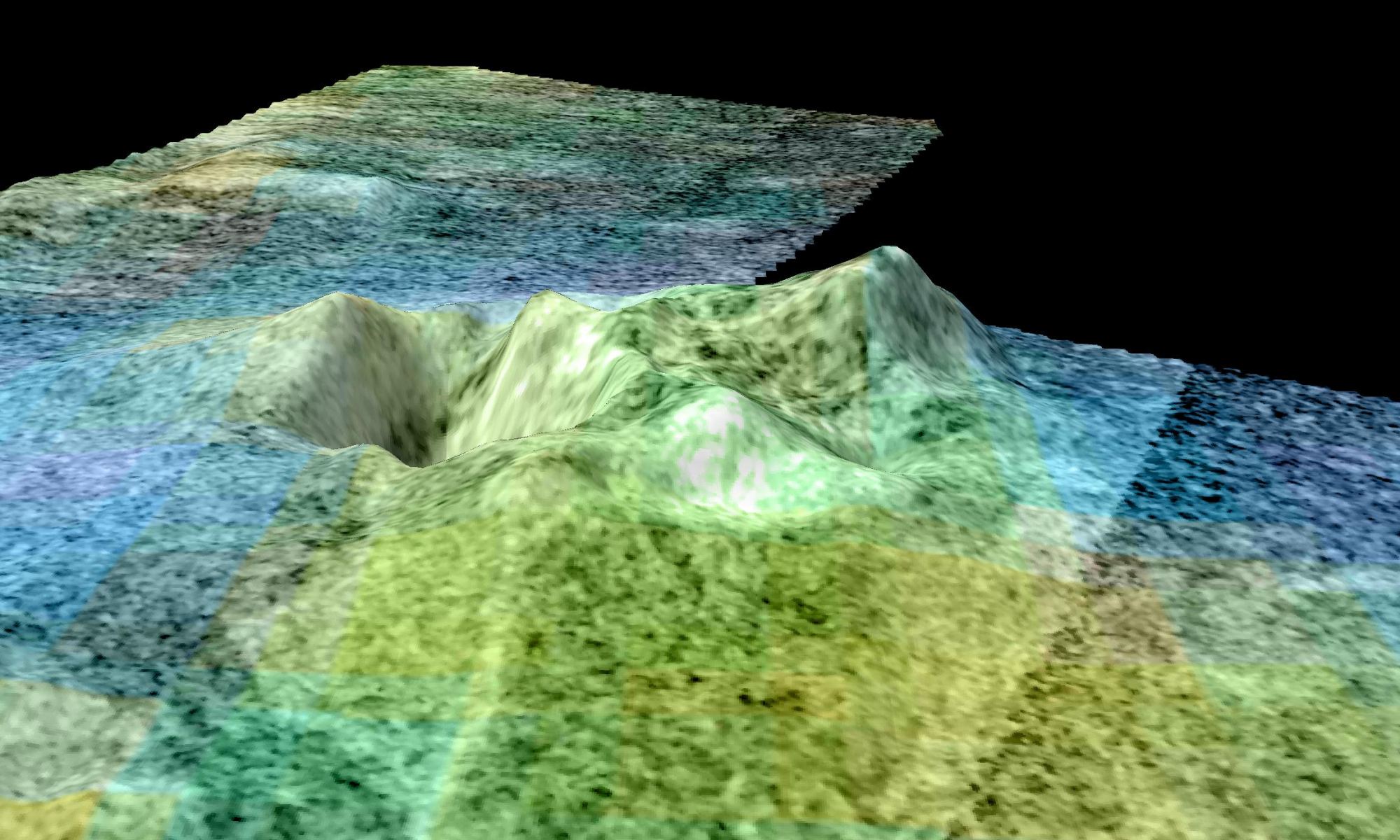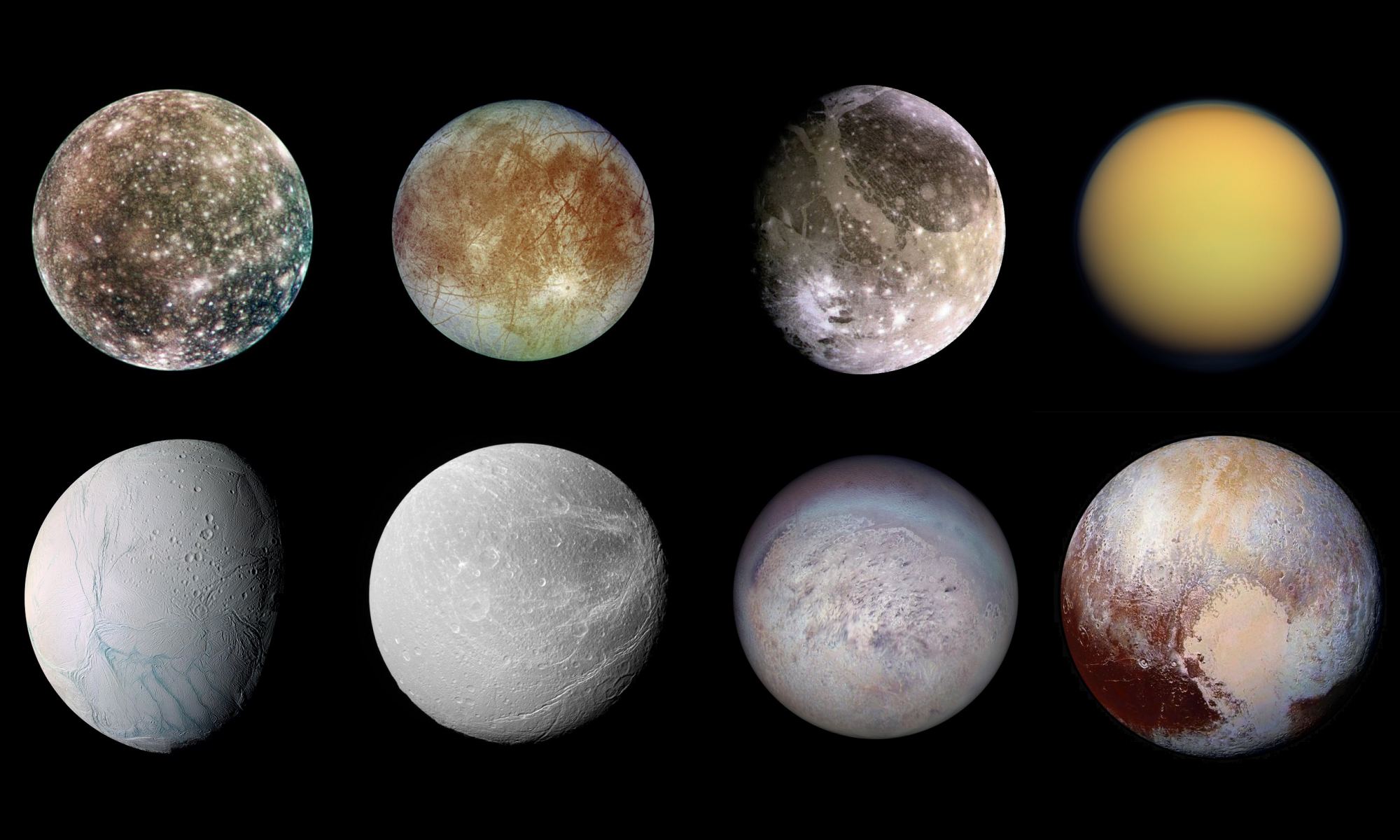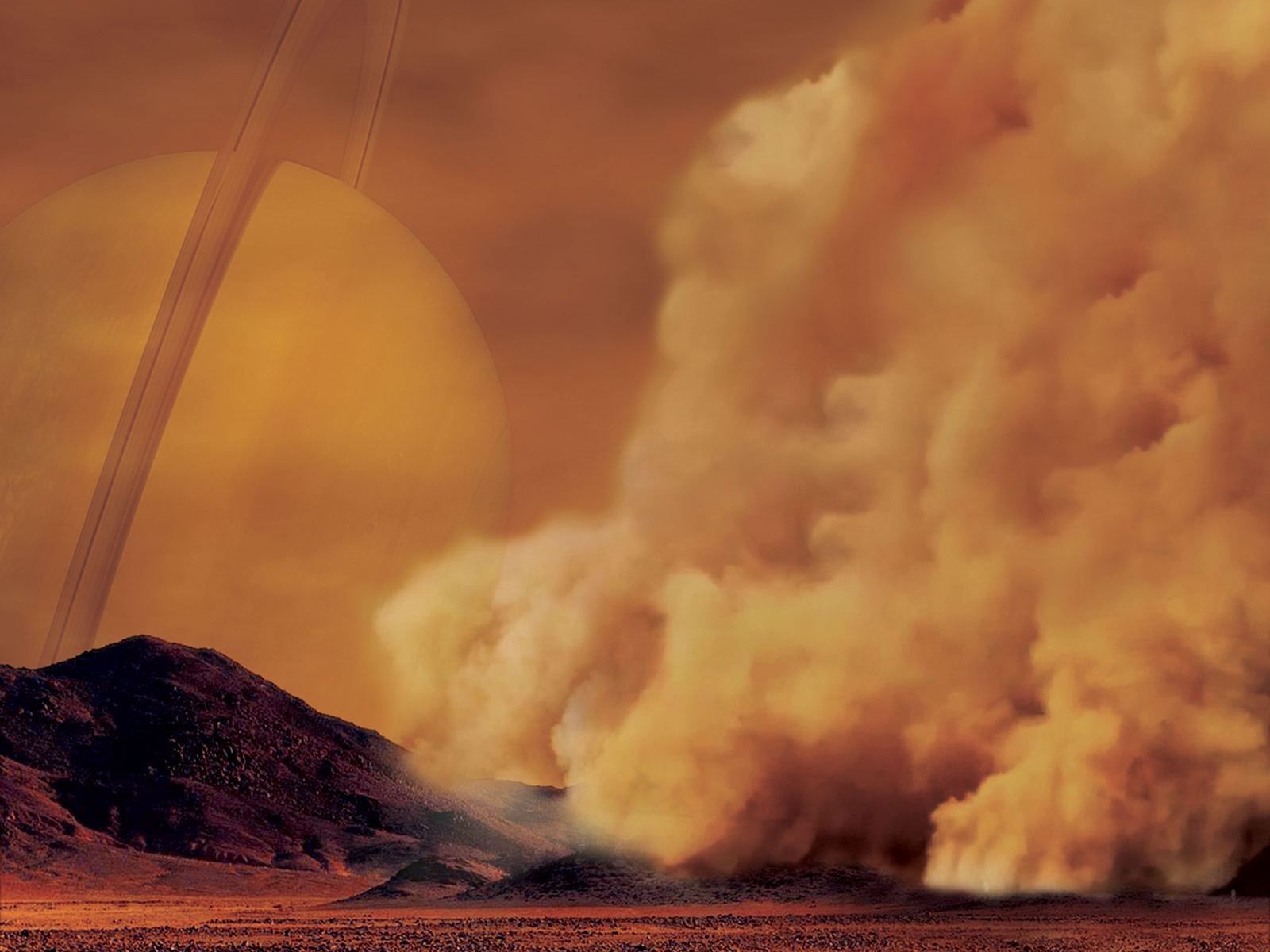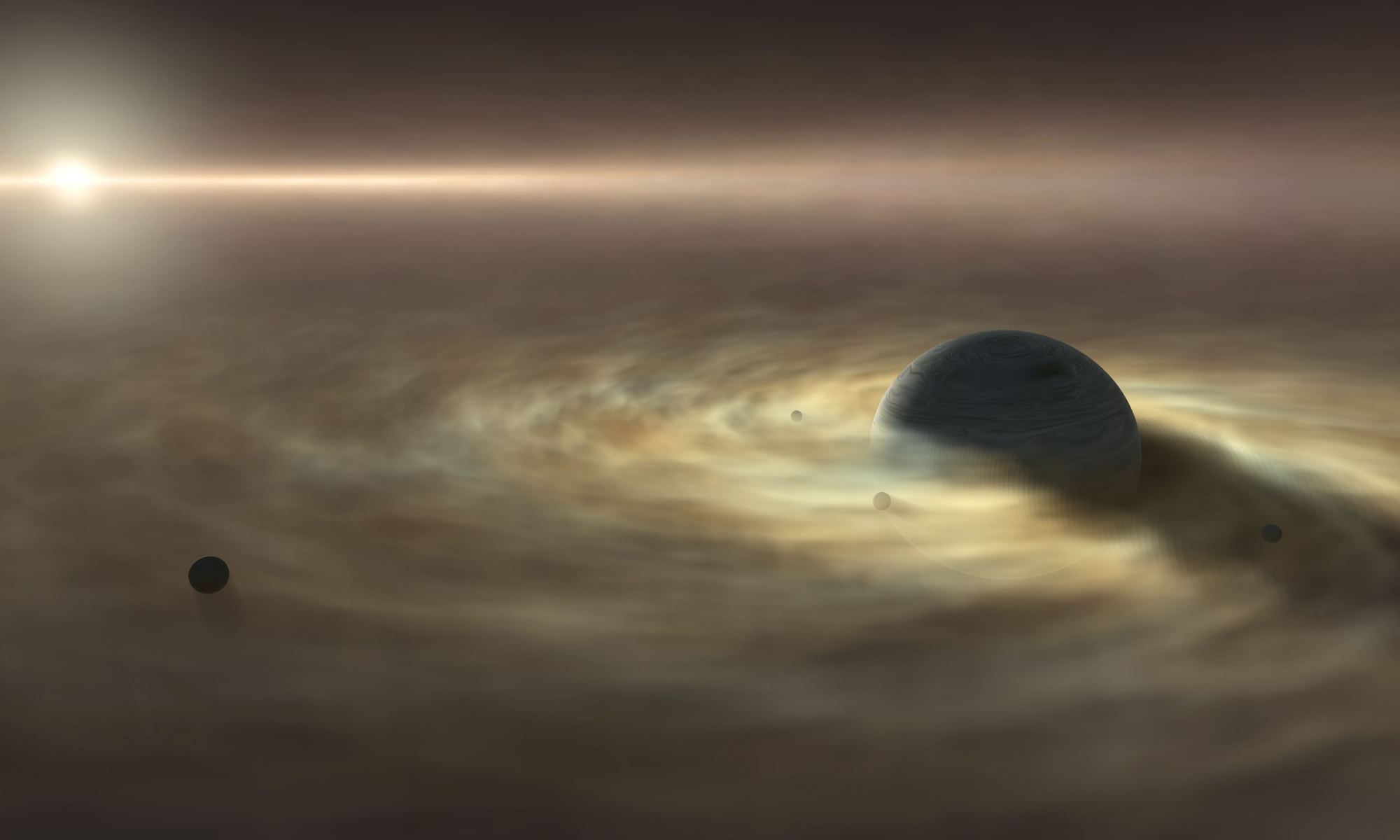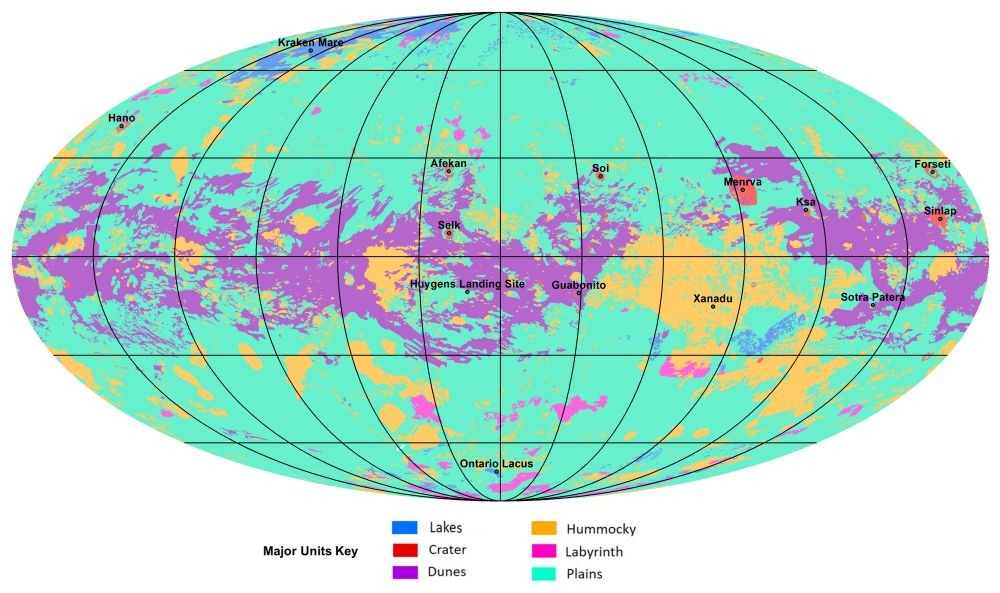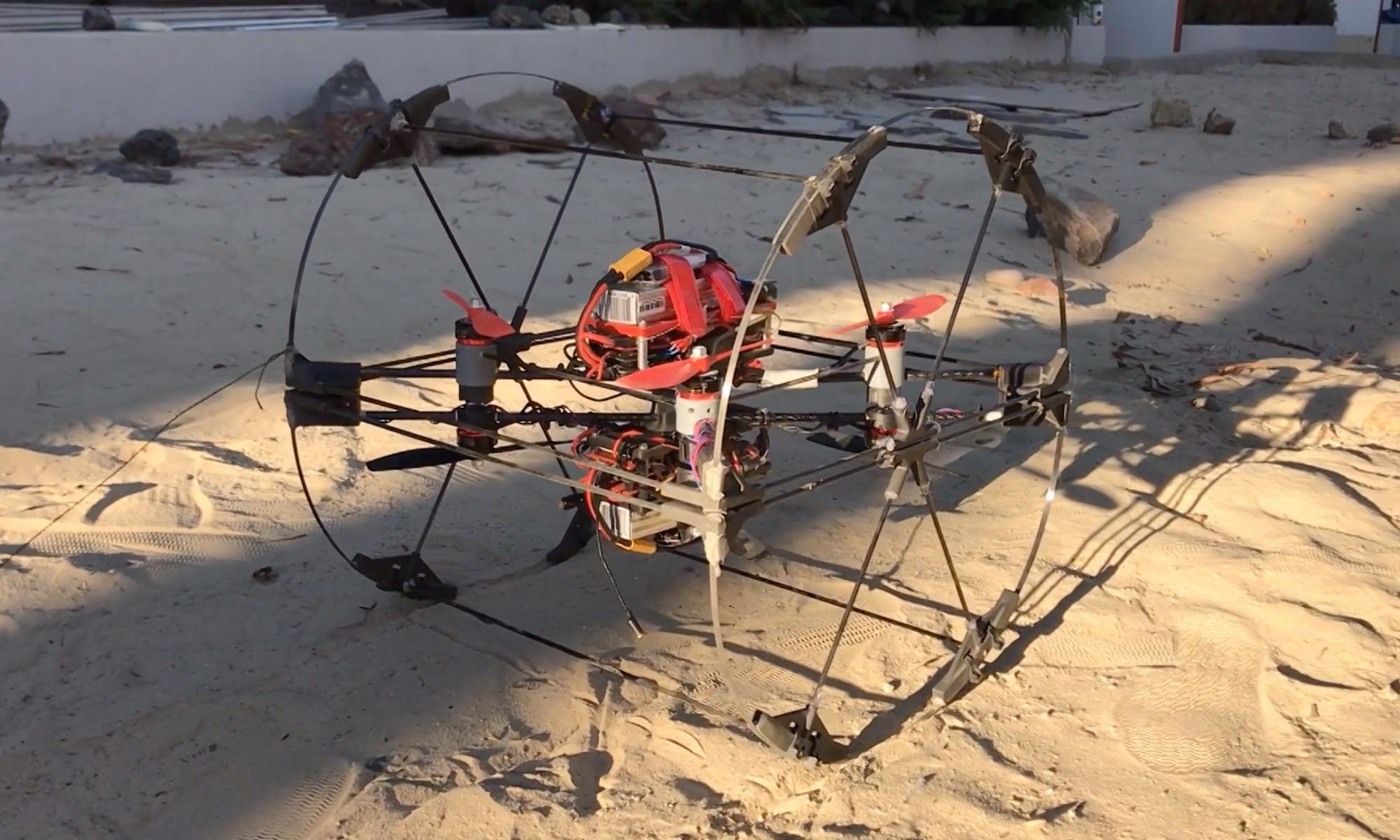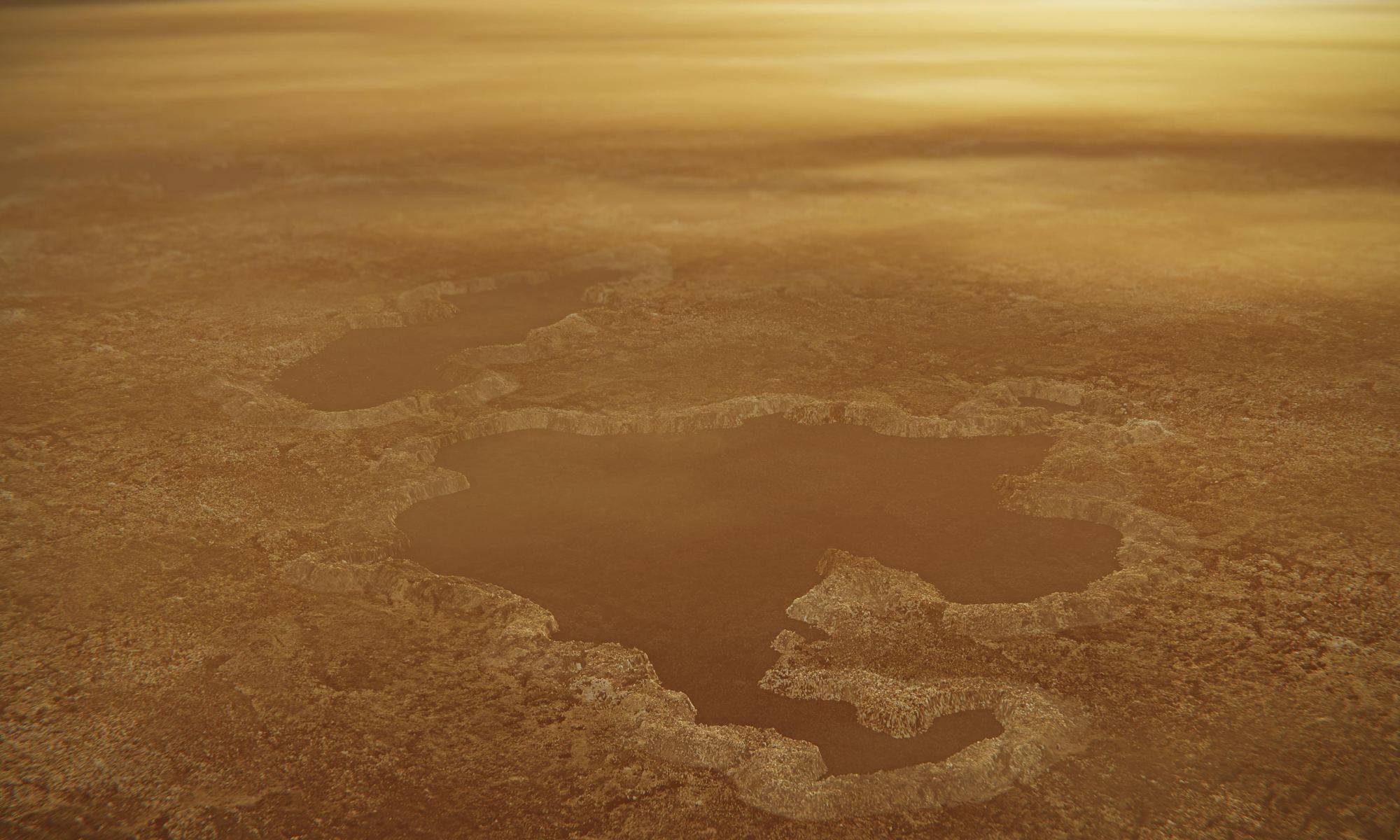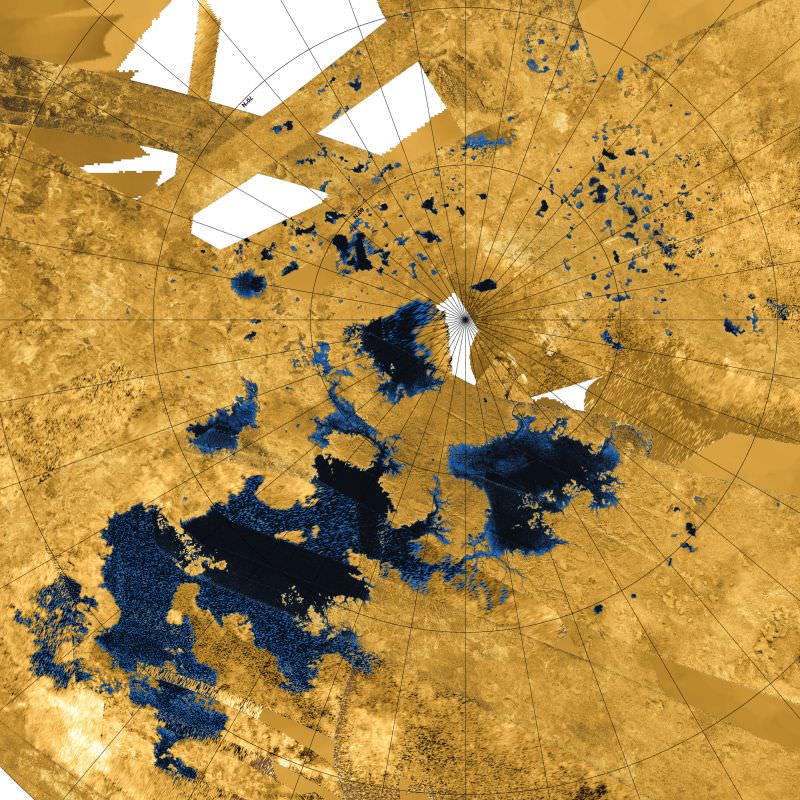On Sept. 15th, 2017, NASA’s Cassini Orbiter concluded its mission by diving into Saturn’s atmosphere. Over the course of the 13 years it spent studying the Saturn system, it revealed a great deal about this gas giant and its largest moon, Titan. In the coming years, scientists are eager to send another mission to Titan to follow up on Cassini and get a better look at its surface features, methane lakes, and other curious properties.
These include the morphological features in the northern polar region that are strikingly similar to volcanic features here on Earth. According to a recent study by the Planetary Science Institute (PSI), these features could be evidence of cryovolcanism that continues to this day. These findings are the latest evidence that Titan has an interior ocean and internal heating mechanisms, which could also mean the planet harbors life in his interior.
Continue reading “There are Features on Titan That Really Look Like Volcanic Craters”
